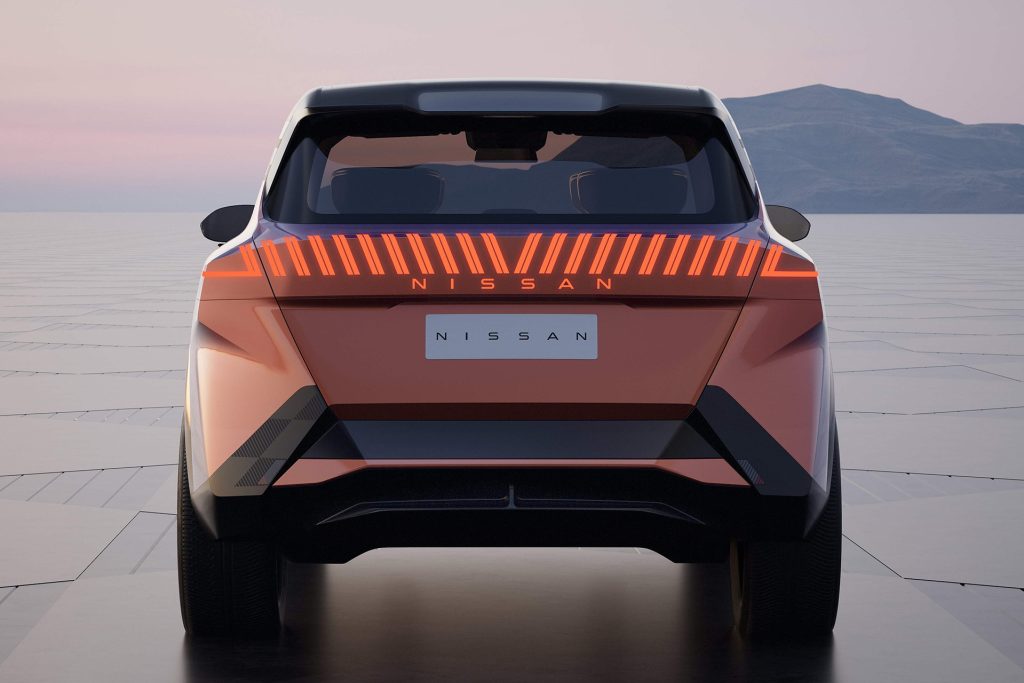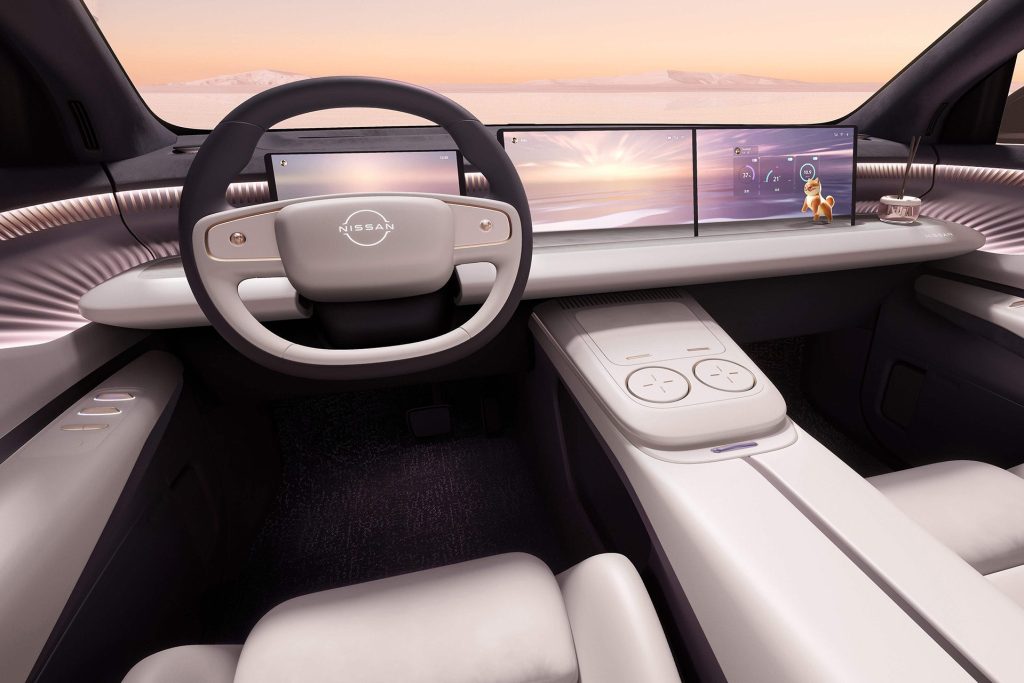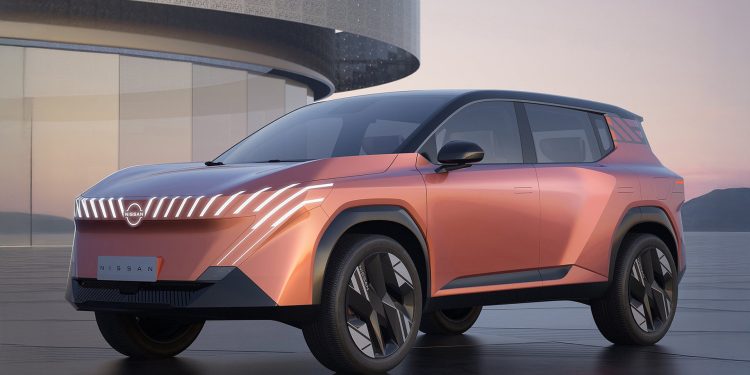New Nissan city EV on the way to challenge ID.1
Words NZ Autocar | Images NetCarShow
Nissan is developing a small electric crossover that will use Dacia Spring mechanicals to go head to head with Volkswagen’s ID.1.

It is expected to borrow the LFP battery and other components from Renault’s new Twingo and Dacia Spring to help keep costs in check. This should also hasten its release, scheduled for 2026. It is expected to cost around £20,000 in the UK.
Dacia Spring was being made in China but with the EU imposing new tariffs on Chinese-built product, its production will move to Slovenia.
New baby Nissan design
Expect the Nissan’s design to be similar to Spring’s which has a two-box shape with a horizontal front end, a modestly raised ride height and SUV design cues.

To make the small sector EV profitable it will need to share around 80 per cent of components with the Spring. The front and rear ends will deliver the Nissan family look given side parts are common to many Renault-made vehicles. Nissan Design Europe, based in London, will have a hand in the styling.
Engineering and development
Ampere, Renault’s electric experts, will lead the EV work. Nissan’s former boss, Makoto Uchida, said “With Ampere we are targeting a very short development time…” for “a small-sized EV at an affordable price.”
Ampere was established to hasten the development of Renault’s electric cars. New Twingo took two years, R5 three. That way, the firm can be more competitive with upcoming Chinese EVs.
They even partnered with Chinese firms to help shorten the development time.

Twingo made use of the R5’s vehicle architecture, shortening the wheelbase for a car that’s less than four metres long. The battery and powertrain took the most time in the development process.
Nissan’s new city EV will draw heavily from the development of both Renault models.
Battery and range
Each of the new small cars from the Alliance is likely to be around 3.75m long, with a wheelbase of about 2.5m.
All three will use lithium iron phosphate (LFP) batteries that have no cobalt. They are less energy dense but more cells can be crammed into a given area. Using a heat pump also improves cold-weather performance.

The cost gap between LFP and NMC is 8-15 per cent. Having an efficient car means battery size can reduce, lowering the total cost of the vehicle by at least one-third. The battery pack will likely come from CATL in Hungary. Dacia Spring currently uses a 27kWh battery, sufficient for range of 227km. Given an average daily urban trip of 27km, Dacia says that range is sufficient for its Spring customers.
Prices and performance
The next Spring will be comfortably the most affordable EV in Europe, the firm aiming for a price below €18,000. In the UK the Spring currently starts at £14,995.
Nissan and Renault will likely add battery modules to boost travelling distance. And the Nissan’s better aerodynamic design should enhance range to around 320km.
Nissan is likely to offer 70kW and 90kW motors borrowed from the R5, driving the front wheels.
It will be the first significant European EV offering in the city sector for Nissan.





